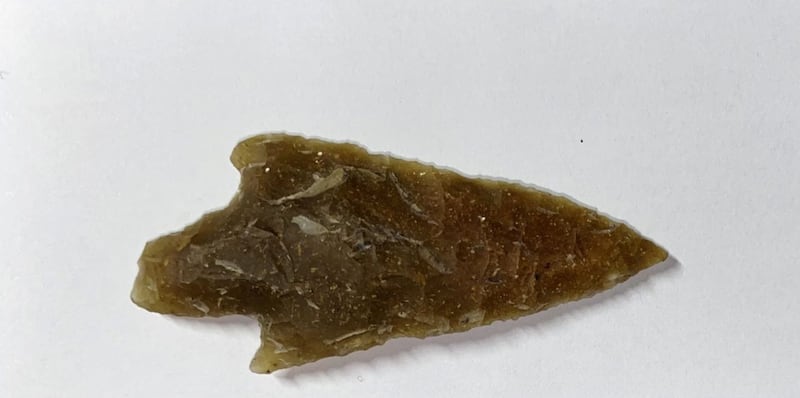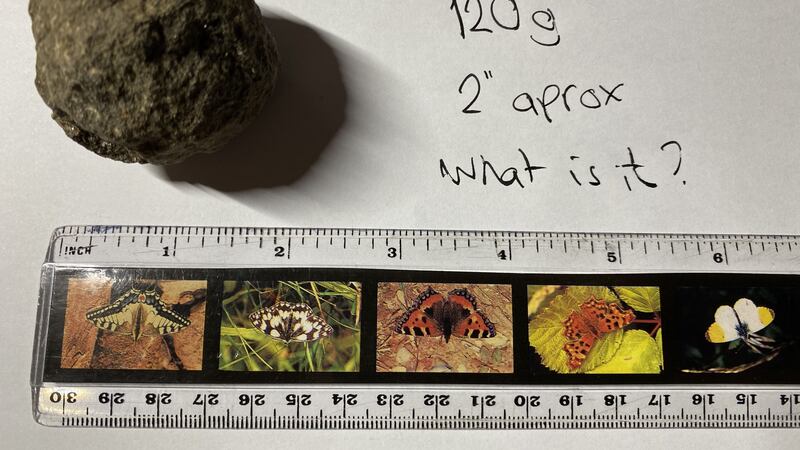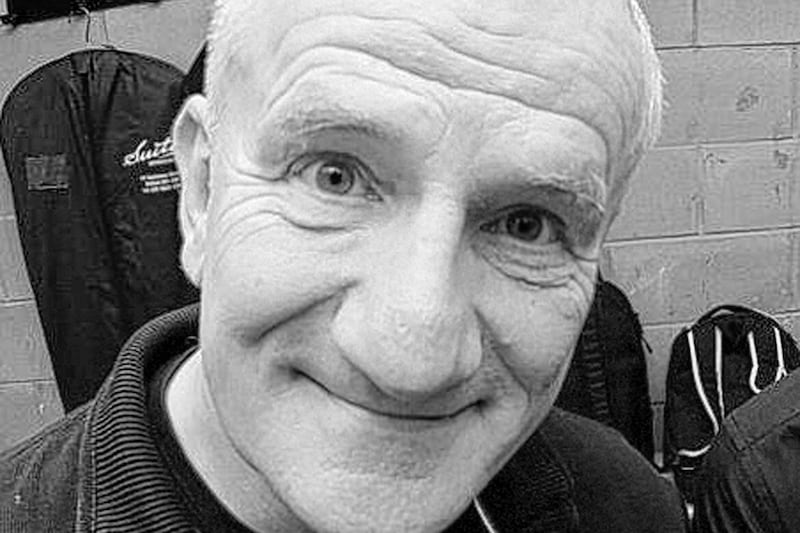MY memory, or what remains of it, seems to work best visually. For instance, while I seldom remember a name, I never forget a face. And one of the reasons I use photos in my end of year show – apart from them being funny – is that on seeing an image, I remember the 10 or 20 minutes of material associated with it.
Another benefit of being visual is that I spot things other people don't, an example being 15 years ago. Our back garden was rapidly returning to nature as I couldn't work on it due to back pain. And no, I didn't think of getting a gardener; what do you think I am, middle class?
A small flower patch outside the back door looked in danger of being reclaimed by the encroaching lawn. On the day in question my OCD tendencies overrode my pain, and frustrated, I went hunting for a spade, eventually finding it covered in ivy behind the garden shed.
I knew there was no way I'd be able to dig but thought if I wielded the spade like a butter knife, I could slice off the encroaching grass. With a few test swings I finally committed and was thrilled when a length of grass was removed like a bald man taking off his wig.
Emboldened, I was about to go for a second swipe when something caught my eye. It shouldn't have, as its brown colour rendered it almost invisible in the uncovered earth, but somehow, I saw it. Sitting atop the newly exposed soil sat a pristine flint arrowhead.
I'd read that when archaeologist Howard Carter opened the tomb of Tutankhamun in 1922 his impatient companions had asked, "What do you see?", to which he replied, "Yes, wonderful things", as his lamp light bounced off golden treasures.
This was my Carter moment, for although not gold, I realised my hand would be the first to touch this stone since its owner lost it 4,000 years previous - 2,000 years before Tutankhamun was placed in his tomb.
I've subsequently discovered such finds on Cavehill are common - not that this matters, as my arrowhead is one of my most prized possessions.
Occasionally I'll remove it from its protective case and marvel at the skill and ingenuity of its creator. Its tip is like a needle and its edges remain sharp enough to cut paper, yet it was created from one of the most brittle materials imaginable, flint.

Whoever made it possessed a skill long lost, entailing hours of careful crafting. Using a stone to break the flint down, they would have known that one mishit or misjudgment of force would shatter the arrowhead.
This, therefore, was an object of great worth and would not have been discarded but lost.
I imagine a hunter missing their aim and their arrow burying itself deep in moss covered by high ferns. And there it lay undisturbed for millennia until, by sheer luck, I unearthed it with one slice of my spade, its discovery as miraculous as its creation, for if my aim had been one millimetre higher, it would never have seen the light.
It seems Cavehill rewards my regular visits as, during the week, my eye once again spotted something. At the side of the path, I noticed a piece of earth in which was embedded an unusually shaped stone. On cleaning off the earth, what remained was almost perfectly spherical; this, I decided, had to be man-made.
I uploaded my find to anti-social media, asking if anyone could identify it. I got the expected mockers, with suggestions ranging from a fossilised rabbit dropping to a Belfast truffle.
UTV's Mark McFadden weighed in with, "Goodness gracious, great ball – inquire". Not bad, but Mark will have to up his game to match the king of the pun, none other than my fellow columnist, Alex Kane, who regularly uploads his wordplay online.
Paronomasia seems rife among journalists of a certain age; I can but hope to reach their advanced years and discover the attraction.
I'm thrilled to say I was vindicated when Dr Gavin Hughes, aided by fellow archaeologist Michael Cahill, took up my challenge and identified my stone as probably a projective shot from a 16th century cannon called a perrier.
No sooner had I boasted online of my vindication when McFadden, obviously hovering at his keyboard, replied, "Sounds like you finally got that Perrier award you've always dreamed of". You can go off people, you really can...








